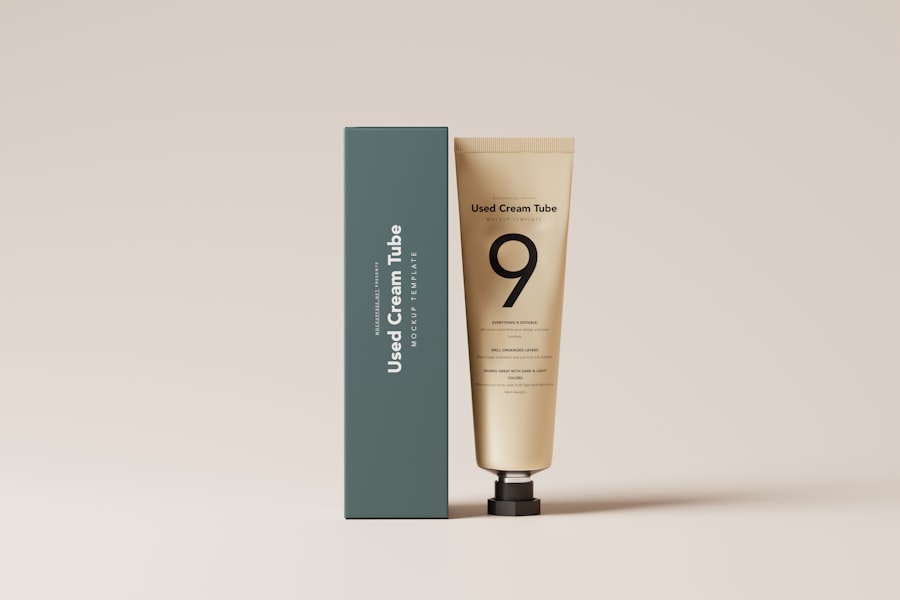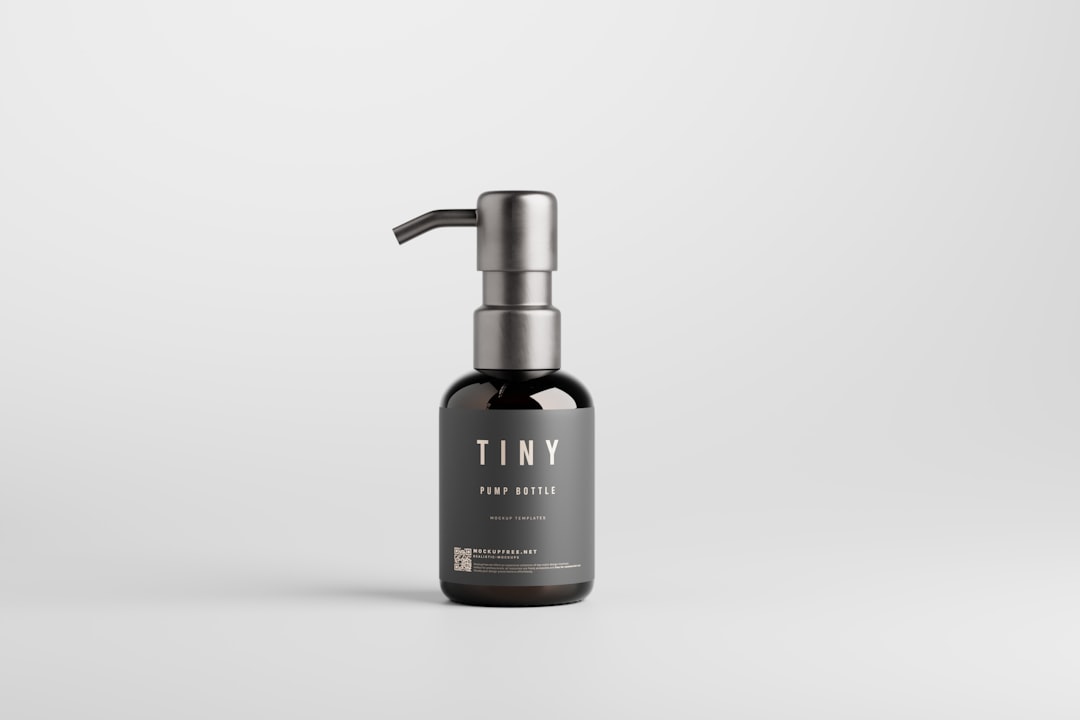When you consider laser hair removal, it’s essential to grasp how the process works. At its core, laser hair removal utilizes concentrated beams of light to target and destroy hair follicles. The laser emits a specific wavelength that is absorbed by the pigment in the hair, leading to its destruction while leaving the surrounding skin unharmed.
This method is particularly effective for individuals with darker hair and lighter skin, as the contrast allows the laser to focus more effectively on the hair follicles. As you prepare for your treatment, it’s important to understand that multiple sessions are typically required for optimal results. Hair grows in cycles, and not all hair is in the same growth phase at any given time.
Therefore, you may need to schedule several appointments spaced weeks apart to ensure that all hair follicles are treated during their active growth phase.
Key Takeaways
- Laser hair removal targets hair follicles with concentrated light to inhibit future hair growth
- Shave the treatment area before the session and avoid sun exposure and tanning products
- Apply soothing creams and cold compresses to alleviate discomfort and redness after treatment
- Protect treated areas from sun exposure with sunscreen and clothing for at least 6 weeks
- Maintain regular hygiene and skincare routine, and attend post-treatment sessions for optimal results
Preparing for Laser Hair Removal Treatment
Preparation is key to ensuring a successful laser hair removal experience. Before your first session, you should schedule a consultation with a qualified practitioner who can assess your skin type, hair color, and overall suitability for the procedure. During this consultation, you’ll discuss your medical history and any medications you’re currently taking, as certain medications can affect how your skin reacts to the laser.
In the days leading up to your treatment, it’s advisable to avoid sun exposure and tanning beds. Tanned skin can increase the risk of side effects and may make the treatment less effective. Additionally, you should refrain from waxing or plucking hair in the area to be treated for at least four weeks prior to your appointment.
Shaving is usually recommended instead, as it leaves the hair follicle intact while removing the visible part of the hair above the skin.
Post-Treatment Care Instructions

After your laser hair removal session, following proper post-treatment care is crucial for achieving the best results. Initially, you may notice some redness or swelling in the treated area, similar to a mild sunburn. This is a normal reaction and should subside within a few hours to a couple of days.
To soothe your skin, applying a cool compress can be beneficial. Additionally, your practitioner may recommend specific topical treatments or soothing gels to help alleviate any discomfort. It’s also important to avoid hot showers, saunas, or intense workouts for at least 24 hours post-treatment.
These activities can exacerbate irritation and increase the risk of complications. Instead, opt for gentle cleansing and moisturizing routines to keep your skin comfortable and hydrated. If you experience any unusual symptoms or prolonged discomfort, don’t hesitate to reach out to your practitioner for guidance.
Managing Discomfort and Side Effects
| Discomfort and Side Effects | Metrics |
|---|---|
| Number of patients experiencing discomfort | 235 |
| Types of side effects reported | nausea, fatigue, headache, dizziness |
| Severity of discomfort on a scale of 1-10 | 6.5 |
| Number of patients requiring intervention | 78 |
While many individuals tolerate laser hair removal well, some may experience discomfort during or after the procedure. The sensation can vary from person to person; some describe it as a slight snapping feeling akin to a rubber band against the skin. To manage any discomfort during treatment, practitioners often use cooling devices or topical anesthetics to minimize pain.
If you find yourself experiencing side effects such as redness, swelling, or itching after your session, there are several strategies you can employ. Over-the-counter pain relievers like ibuprofen can help reduce inflammation and discomfort. Additionally, applying aloe vera gel or a soothing lotion can provide relief and promote healing.
Always remember that while some side effects are normal, persistent or severe reactions should be discussed with your practitioner.
Protecting Treated Areas from Sun Exposure
One of the most critical aspects of post-laser care is protecting your skin from sun exposure. After treatment, your skin will be more sensitive and susceptible to sunburn. It’s essential to avoid direct sunlight on treated areas for at least two weeks following your session.
If you must be outdoors, wearing protective clothing or using a broad-spectrum sunscreen with an SPF of 30 or higher is highly recommended. Even after the initial healing period, maintaining sun protection is vital for long-term results. UV exposure can not only irritate sensitive skin but also lead to pigmentation changes that may counteract the benefits of your treatment.
Incorporating sun protection into your daily skincare routine will help preserve your results and keep your skin healthy.
Maintaining Hygiene and Skincare Routine

Cleansing the Treated Area
Gently cleanse the area with a mild soap and lukewarm water, avoiding harsh scrubs or exfoliants that could aggravate sensitive skin.
Moisturizing for Healing and Comfort
In addition to cleansing, moisturizing is key to promoting healing and comfort. Look for gentle, fragrance-free moisturizers that won’t irritate your skin.
Soothing Ingredients for Optimal Results
As your skin heals, you may also want to incorporate soothing ingredients like hyaluronic acid or chamomile into your routine to help calm any residual redness or irritation.
Following Up with Post-Treatment Sessions
As you embark on your laser hair removal journey, it’s important to stay committed to follow-up sessions for optimal results. Your practitioner will likely recommend a series of treatments spaced several weeks apart based on your individual needs and hair growth cycles. Adhering to this schedule is crucial; missing appointments can lead to slower progress and may require additional sessions in the long run.
During these follow-up visits, your practitioner will assess your progress and make any necessary adjustments to your treatment plan.
Long-Term Maintenance and Results
Once you’ve completed your initial series of laser hair removal sessions, you may find that maintenance treatments are necessary to keep unwanted hair at bay. Many individuals experience significant hair reduction after their initial treatments; however, some may require occasional touch-ups every six months or so to maintain their results. The long-term benefits of laser hair removal are substantial.
Not only does it provide a more permanent solution compared to traditional methods like shaving or waxing, but it also saves you time and effort in your grooming routine. As you enjoy smoother skin without the hassle of regular hair removal, you’ll likely appreciate the confidence boost that comes with it. In conclusion, understanding the laser hair removal process and adhering to pre- and post-treatment care instructions are vital steps in achieving successful results.
By preparing adequately, managing discomfort effectively, protecting treated areas from sun exposure, maintaining hygiene, and committing to follow-up sessions, you can enjoy long-lasting smoothness and confidence in your skin.
After undergoing laser hair removal treatment at Elase, it is crucial to follow proper aftercare instructions to ensure optimal results. One related article that provides helpful tips for post-treatment care is this article on In Laser Hair Removal’s website. This article discusses the importance of moisturizing, avoiding sun exposure, and gently exfoliating the treated area to maintain smooth and hair-free skin. By following these aftercare tips, clients can prolong the effects of their laser hair removal treatment and achieve long-lasting results.
FAQs
What is laser hair removal aftercare?
Laser hair removal aftercare refers to the steps and precautions that should be taken after undergoing a laser hair removal treatment. This includes caring for the treated area to ensure proper healing and to minimize any potential side effects.
What are some common aftercare tips for laser hair removal?
Common aftercare tips for laser hair removal include avoiding sun exposure, using gentle skincare products, avoiding hot showers and baths, and avoiding activities that may cause excessive sweating. It is also important to keep the treated area clean and moisturized.
How long does it take for the skin to heal after laser hair removal?
The skin typically heals within a few days to a week after laser hair removal. However, it is important to follow the aftercare instructions provided by the treatment provider to ensure proper healing and to minimize any potential complications.
Are there any specific products that should be used for laser hair removal aftercare?
It is recommended to use gentle, non-irritating skincare products for laser hair removal aftercare. This may include gentle cleansers, fragrance-free moisturizers, and products specifically designed for sensitive skin. It is important to avoid harsh or abrasive products that may irritate the treated area.
What are some potential side effects of laser hair removal and how can they be managed during aftercare?
Potential side effects of laser hair removal may include redness, swelling, and mild discomfort. These can typically be managed with cool compresses, gentle skincare products, and avoiding activities that may exacerbate the symptoms. It is important to follow the aftercare instructions provided by the treatment provider to minimize any potential side effects.






